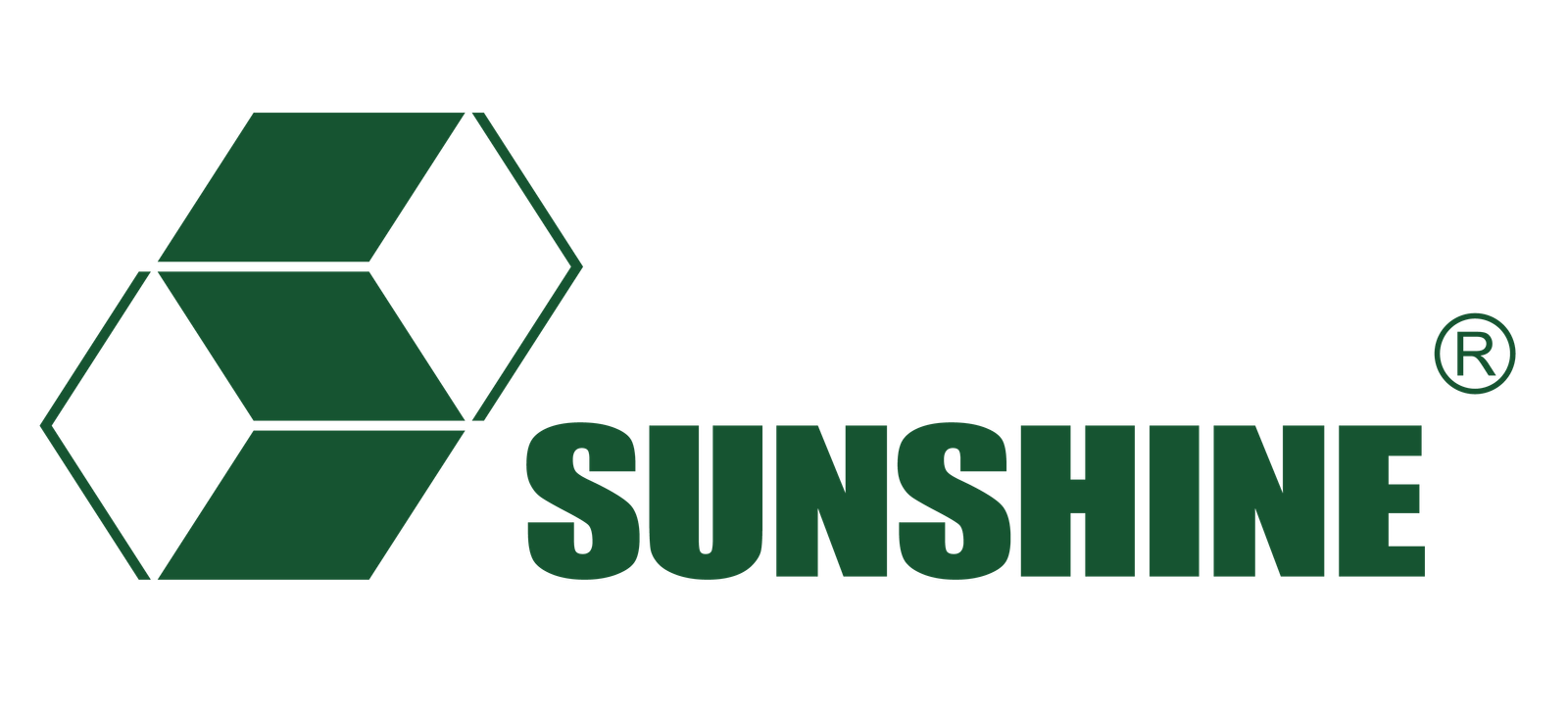For B2B buyers—whether you run a retail brand, a restaurant chain, or a subscription box service—the first question when sourcing packaging is almost always:
“How much will it cost per unit?”
Understanding how packaging cost is calculated helps you plan budgets, negotiate effectively with suppliers, and avoid hidden expenses that could eat into your margins. In this guide, we break down all the factors that determine the cost per unit for custom paper packaging.
1. Material Costs
The first and most obvious component is the paperboard or cardboard itself. Cost varies by:
- Paper type: Kraft, white cardboard, duplex board, corrugated, recycled board
- Thickness (GSM): Thicker boards cost more
- Coating: Matte, gloss, PE, PLA, water-based barrier
- Add-ons: Window film (PET/PLA), embossing, foil stamping
Example:
A 300 GSM white cardboard box with water-based coating will cost more than a 250 GSM kraft paper box with no coating.
Tip:
Always specify the exact material, thickness, and finish when requesting a quote.
2. Printing Costs
Printing is another major factor. Costs depend on:
- Printing method: Offset, flexography, digital, gravure
- Number of colors: Full CMYK, Pantone spot colors, or one-color print
- Ink type: Standard, metallic, or specialty eco-friendly inks
- Print run: Longer runs often reduce per-unit costs due to setup costs being spread out
Example:
Printing a 4-color logo with metallic foil on 10,000 boxes will be significantly higher per unit than a 1-color print.
3. Box Structure and Die-Cutting
Box shape and folding type affect cost:
- Simple tuck-top boxes are cheaper
- Complex auto-lock, sleeve, or multi-panel structures increase die-cutting complexity and cost
- Special inserts or compartments (for bakery boxes, gift boxes, or meal prep) add labor and material
Tip:
Ask your supplier for the most cost-efficient structure that still meets your functional and branding requirements.
4. Coating and Barrier Layers
If your product is oily, saucy, or frozen, you need high-barrier coating or lamination:
- PE, PLA, EVOH, or water-based barrier layers
- Coated boxes cost more, but prevent leaks, grease stains, and soggy packaging
Tip:
A higher-quality barrier can reduce returns and improve customer satisfaction—saving money in the long term.
5. Setup and Tooling Costs
For custom boxes:
- Die-cutting tools or molds may incur one-time setup fees
- Plate setup for offset printing adds cost
- Complex embossing or hot-stamping can also increase initial expenses
These costs are usually amortized over the total order quantity, reducing per-unit impact on larger orders.
6. Order Quantity (MOQ) and Volume
Per-unit cost is highly sensitive to order volume:
- Small orders → higher per-unit cost
- Bulk orders → setup costs spread over more units → lower per-unit cost
- For subscription boxes or promotional runs, consider batch size vs cost
Example:
A 10,000-box order may cost $0.60/unit, while a 50,000-box order drops to $0.45/unit.
7. Shipping and Handling Costs
Do not forget logistics, especially for overseas orders:
- Dimensional weight affects shipping cost
- Protective packaging, pallets, and cartons add to total
- Import duties, taxes, or compliance fees can increase final landed cost
Tip:
Request quotes including shipping to understand true cost per unit.
8. Hidden Costs to Consider
- Rework or color mismatches: Poor printing can require re-production
- Samples: Some suppliers charge for physical samples
- Storage and warehousing: Holding large inventory may add costs
- Sustainability compliance: FSC-certified or recyclable materials may be pricier
9. How to Calculate Final Unit Cost
A simple formula:
Unit Cost = (Material + Printing + Coating + Die-cutting + Setup + Shipping + Miscellaneous) ÷ Total Quantity
Example:
| Component | Cost (USD) |
|---|---|
| Material (300 GSM cardboard) | $3,000 |
| Printing (4-color) | $1,500 |
| Coating & Barrier | $800 |
| Die-cutting & Setup | $1,000 |
| Shipping & Misc | $700 |
| Total Order | $7,000 |
| Quantity | 10,000 |
| Unit Cost | $0.70 |
10. Tips to Reduce Per-Unit Cost Without Compromising Quality
- Order in larger quantities to spread setup costs
- Simplify box structure if possible
- Choose efficient printing methods (digital for small runs, offset for large runs)
- Consider sustainable yet cost-effective coatings
- Negotiate bundled services (design, printing, and shipping) with your supplier
Final Thoughts
Calculating packaging cost per unit is more than adding up paper and ink—it’s a combination of material, printing, structure, coatings, logistics, and setup.
For B2B buyers, understanding these factors not only helps plan budgets accurately but also ensures high-quality, functional, and brand-consistent packaging.
If you want, your supplier can provide a detailed cost breakdown per unit tailored to your exact product, order volume, and packaging type. This is the fastest way to ensure you are getting accurate pricing and avoid hidden costs.

